Welcome to our new website
2014, May 25 - 17:35This is the first draft of our new website. We are still working on it, uploading the publications, etc. Have a look at our old website as well: http://www.szfki.hu/~grana/crystal.html
This is the first draft of our new website. We are still working on it, uploading the publications, etc. Have a look at our old website as well: http://www.szfki.hu/~grana/crystal.html
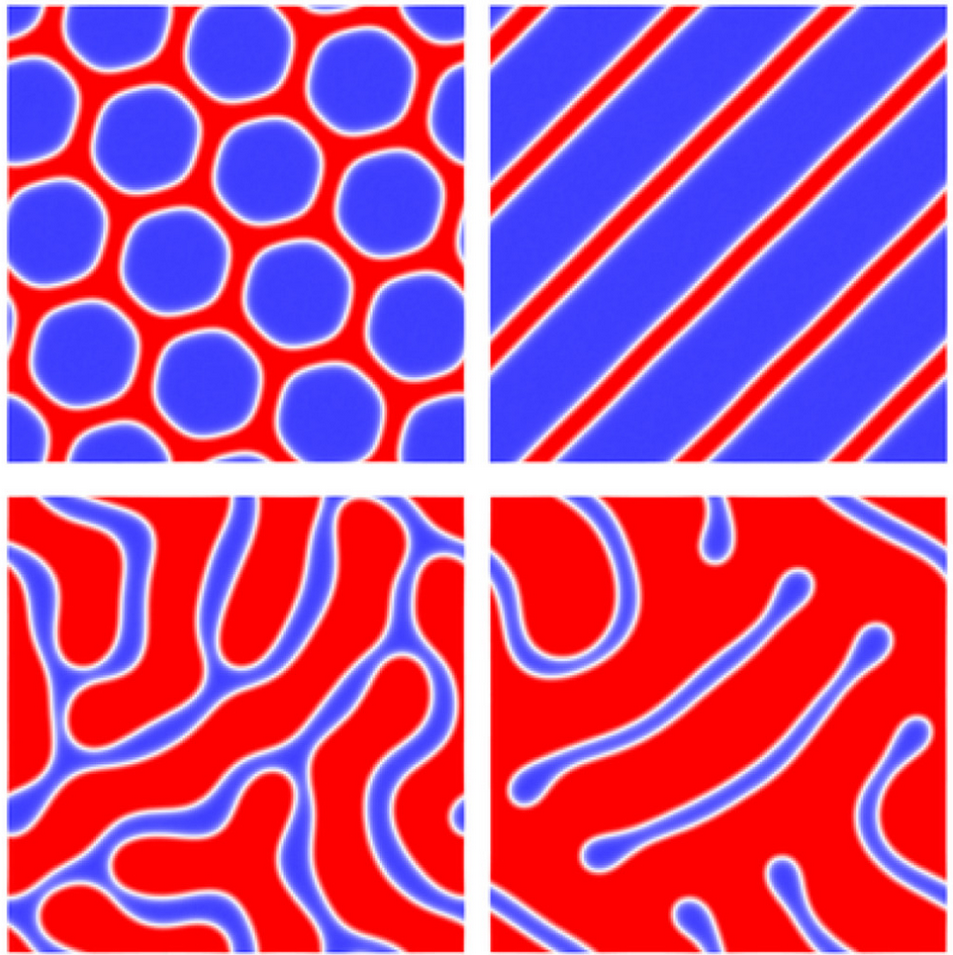
1Institute for Solid State Physics and Optics, Wigner Research Centre for Physics, P.O. Box 49, Budapest H-1525, Hungary
Microstructures forming during the directional solidification of the hypo-peritectic TRIS–NPG model alloy were studied by phase-field simulations. Steady state growth forms could be obtained under conditions similar to those in recent space experiments. In two dimensions, the wavelength range of stable lamellar structures has been determined as function of the temperature gradient and the melt composition. Front temperatures extracted from simulations were compared to the predictions of the modified Jackson–Hunt theory. In three dimensions, structures and phenomena known from eutectic systems were reproduced. Transitions between lamellar and rod structures were induced by slowly changing the melt composition. The regularizing effect of tilting the temperature gradient, transforming a random labyrinth pattern to an ordered one, has also been demonstrated. These simulations show the universality of the basic governing mechanism — that is, the competition of solute diffusion with capillary effects — in the pattern formation of these multi-phase systems.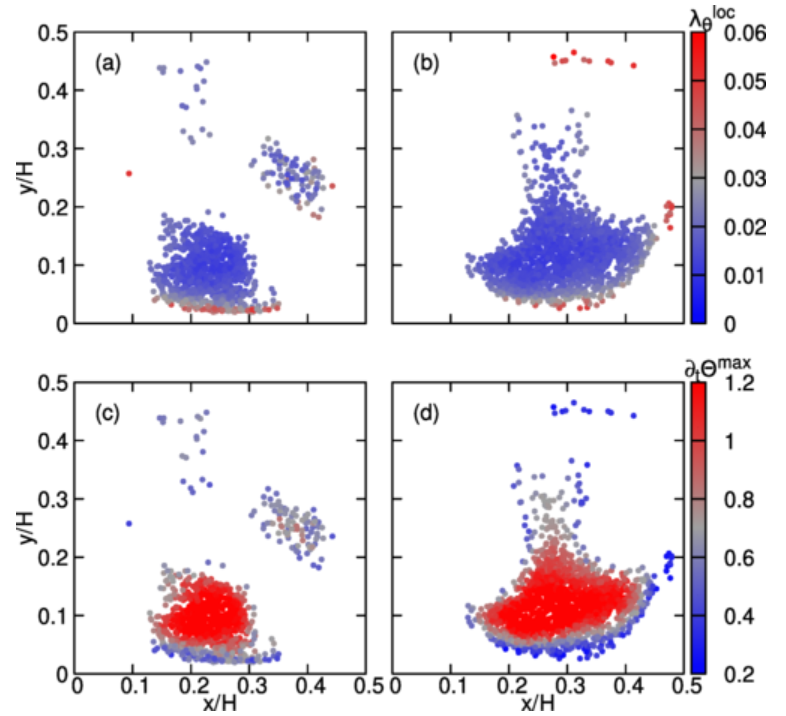
1Institute for Solid State Physics and Optics, Wigner Research Centre for Physics, P.O. Box 49, Budapest H-1525, Hungary
In turbulent Rayleigh-Bénard convection, it is generally acknowledged that the thermal boundary layer (BL) governs heat transfer, although its scaling with the Rayleigh number is still debated. Various methods have been developed to measure the characteristic thickness of the BL, which are mostly employed in a time-averaged manner. Among them, only the slope method can be applied in an instant of time, being therefore capable of time-resolved analysis; however, it provides no further insight when the Nusselt number is known. Accordingly, the average properties of the BL are thoroughly studied, mainly in the context of heat transfer; its time-dependent structural dynamics and roughness remain largely unexplored. Here, we propose a Lagrangian method to characterize both the time-averaged and the spatio-temporal evolution of the BL, that marks the edge of the BL where convective and diffusive transports overlap. The characteristic thickness of the BL, that is defined by this method, is not a trivial function of the Nusselt number and can be considered a potential tool to analyze the BL structure while varying the Nusselt number. It is also demonstrated using 3D direct numerical simulations, that the injection of heat is extremely inhomogeneous in space and time; the vast majority of heat accumulates in narrow domains, that is governed by the local plume dynamics.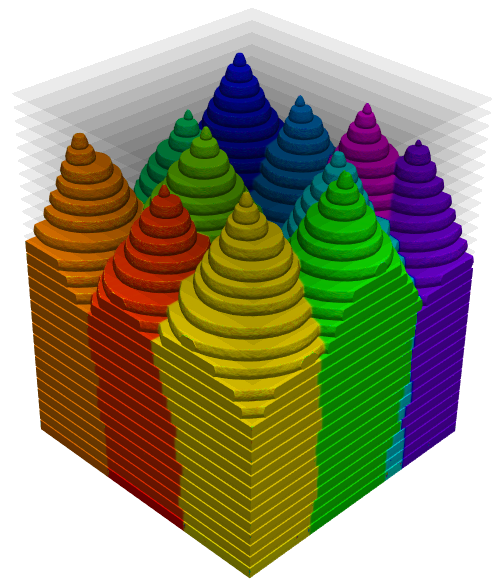
1Institute for Solid State Physics and Optics, Wigner Research Centre for Physics, P.O. Box 49, Budapest H-1525, Hungary
2BCAST, Brunel University, Uxbridge, Middlesex, UB8 3PH, United Kingdom
3B CUBE - Center for Molecular Bioengineering, Technische Universität Dresden, Germany
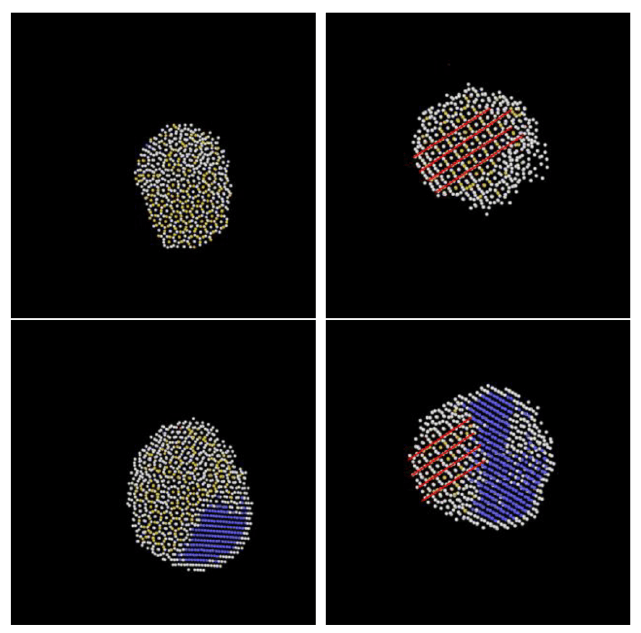
1Institute for Solid State Physics and Optics, Wigner Research Centre for Physics, P.O. Box 49, Budapest H-1525, Hungary
2BCAST, Brunel University, Uxbridge, Middlesex, UB8 3PH, United Kingdom
Topics: Phase field crystal

1Institute for Solid State Physics and Optics, Wigner Research Centre for Physics, P.O. Box 49, Budapest H-1525, Hungary
2BCAST, Brunel University, Uxbridge, Middlesex, UB8 3PH, United Kingdom

1Laboratoire Physique de la Matière Condensée, École Polytechnique, CNRS, Université Paris-Saclay, 91128 Palaiseau Cedex, France
2Institute for Solid State Physics and Optics, Wigner Research Centre for Physics, P.O. Box 49, Budapest H-1525, Hungary

1Institute for Solid State Physics and Optics, Wigner Research Centre for Physics, P.O. Box 49, Budapest H-1525, Hungary
2BCAST, Brunel University, Uxbridge, Middlesex, UB8 3PH, United Kingdom
3Department of Mathematical Sciences, Loughborough University, Loughborough, Leicestershire, LE11 3TU, U.K.
4B CUBE - Center for Molecular Bioengineering, Technische Universität Dresden, Germany
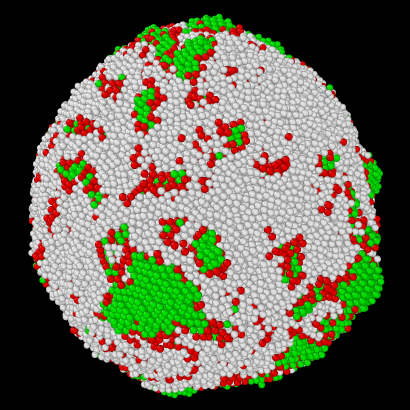
1Institute for Solid State Physics and Optics, Wigner Research Centre for Physics, P.O. Box 49, Budapest H-1525, Hungary
2BCAST, Brunel University, Uxbridge, Middlesex, UB8 3PH, United Kingdom
Topics: Phase field crystal